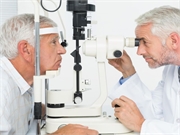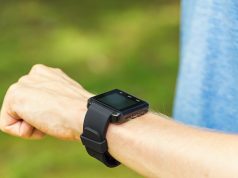Virtual reality simulations show lighting, task affect vision-related disability caused by glaucoma
TUESDAY, March 24, 2020 (HealthDay News) — Vision-related disability is associated with lighting condition and task in patients with glaucoma, according to a study published online March 19 in JAMA Ophthalmology.
Alexander K.N. Lam, Ph.D., from The Chinese University of Hong Kong, and colleagues evaluated the use of virtual reality (VR) to identify vision-related disability in patients with glaucoma. The analysis included results from 98 patients with glaucoma and 50 healthy individuals assessed with five VR scenarios.
The researchers found that the time required to complete the activities was significantly longer for patients with glaucoma versus healthy individuals across four of the five scenarios. For two scenarios — nighttime stair and city — each decibel decrease in binocular visual field sensitivity increased the risk for collision (hazard ratio, 1.15 for both). More than half of patients with glaucoma (59.1 percent) had vision-related disability in at least one simulated daily task, with a higher proportion of patients having vision-related disability in nighttime city (30.7 percent) and stair (30.0 percent) navigation versus daytime city (8.0 percent) and stair (19.8 percent) navigation. There was an association between overall VR disability score and the National Eye Institute 25-item Visual Function Questionnaire Rasch score (R² = 0.207).
“Virtual reality may allow eye care professionals to understand the patients’ perspectives on how visual impairment imparts disability in daily living and provide a new paradigm to augment the assessment of vision-related disability,” the authors write.
Copyright © 2020 HealthDay. All rights reserved.








